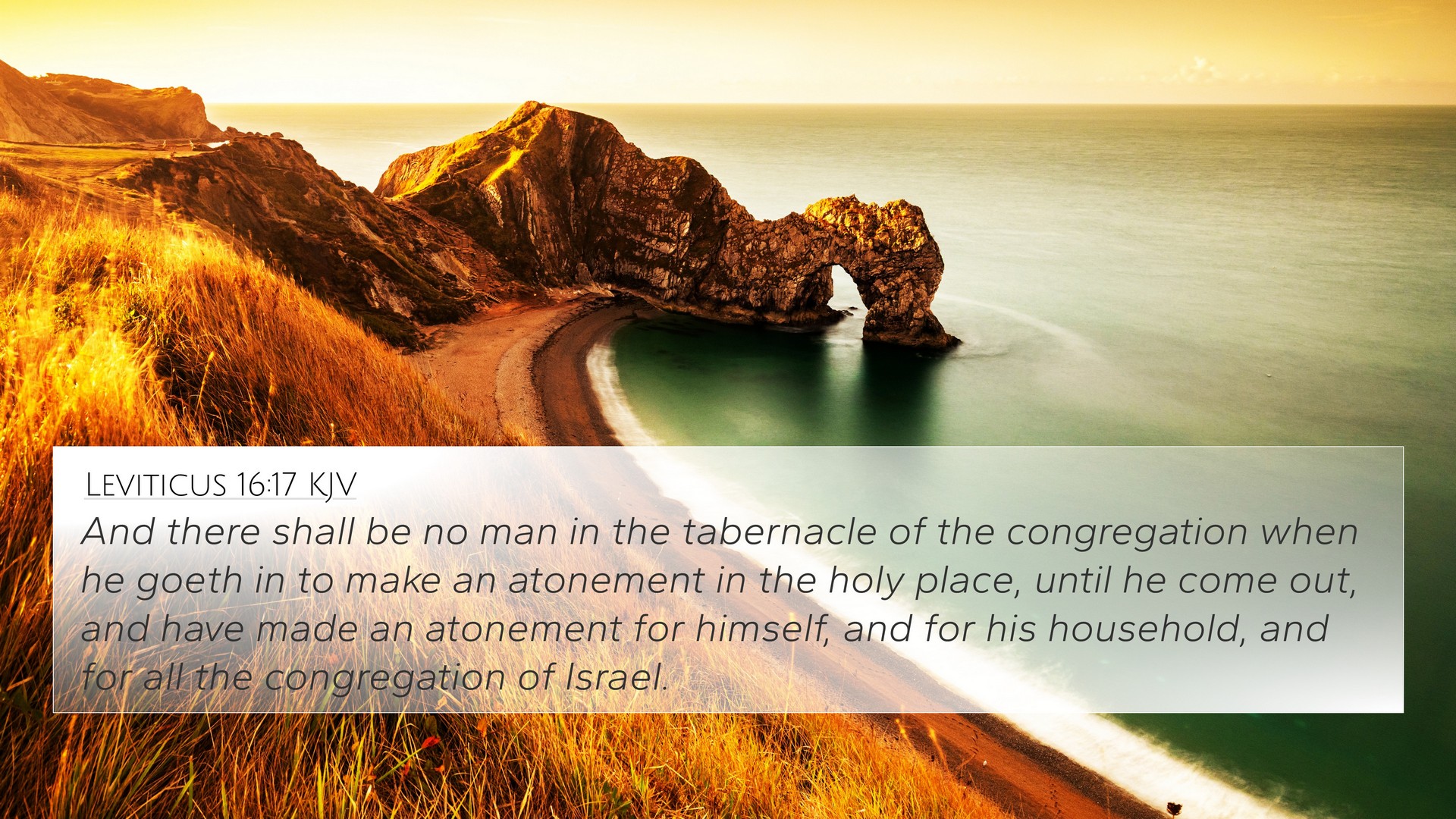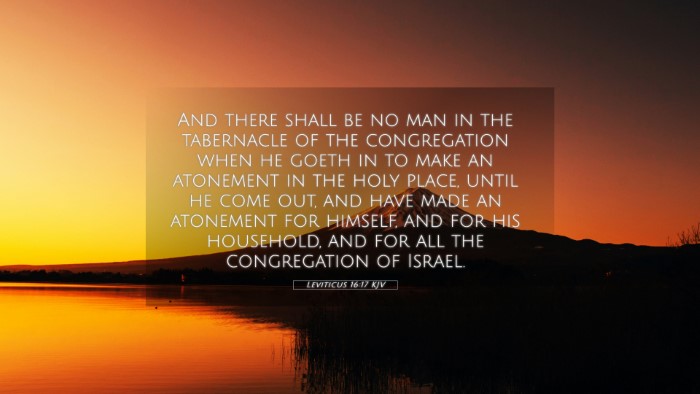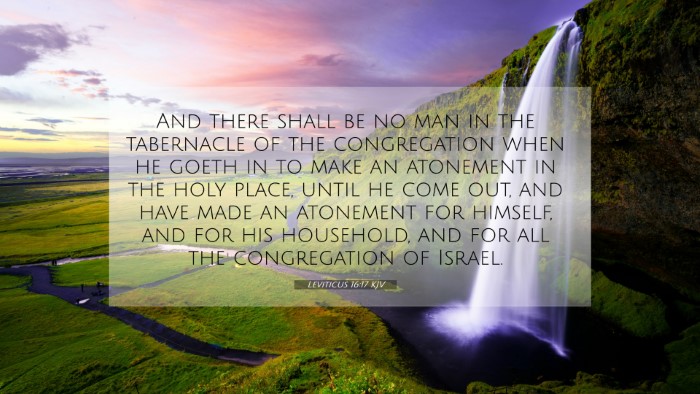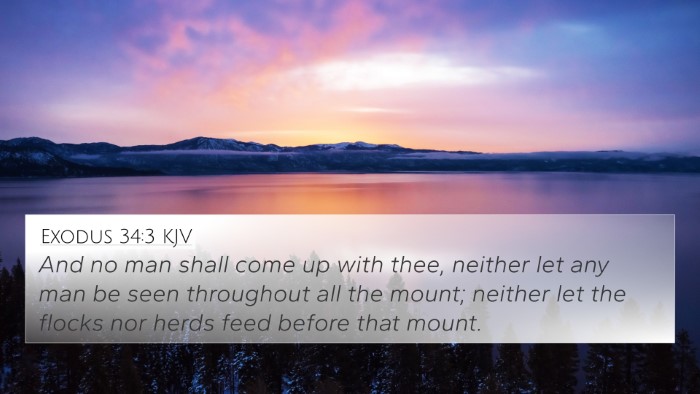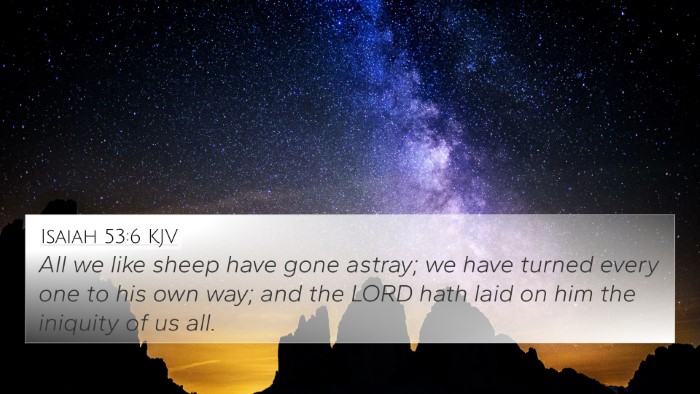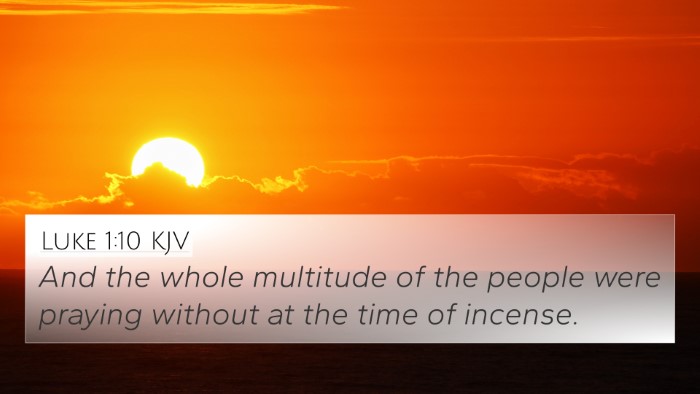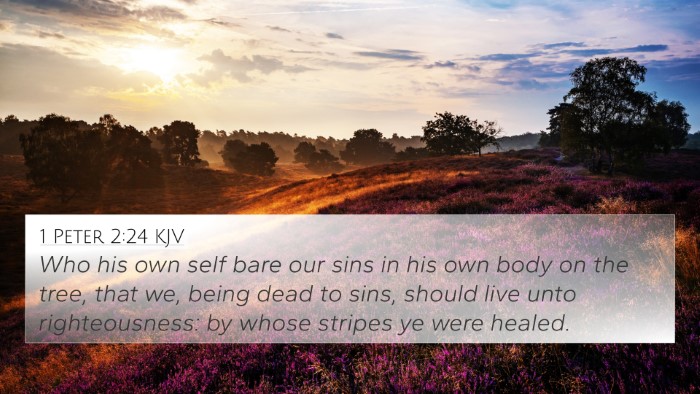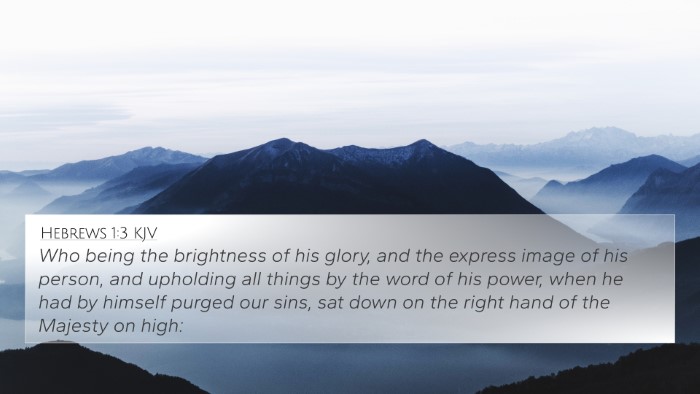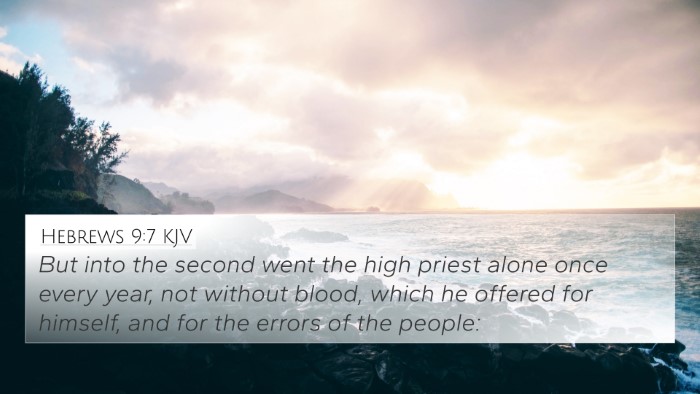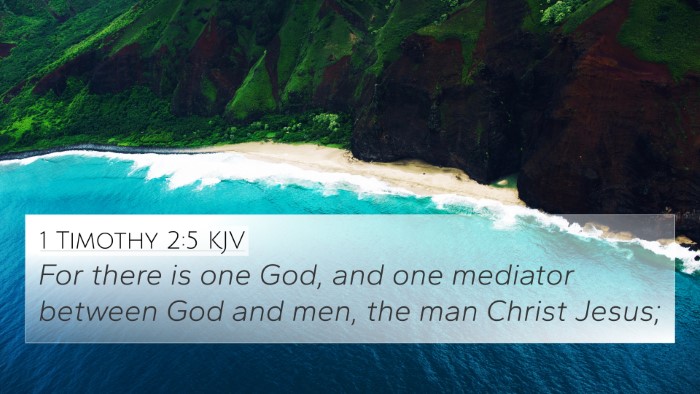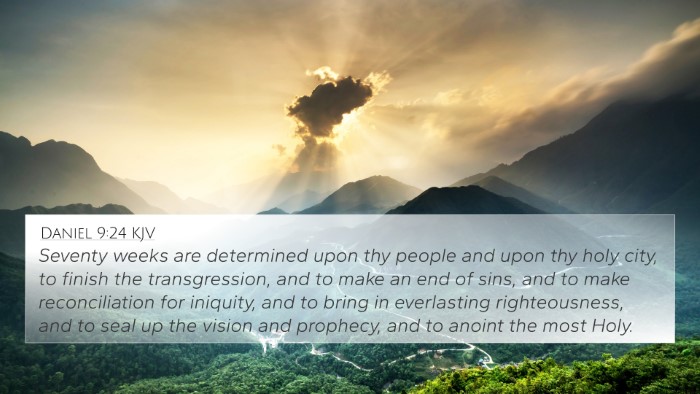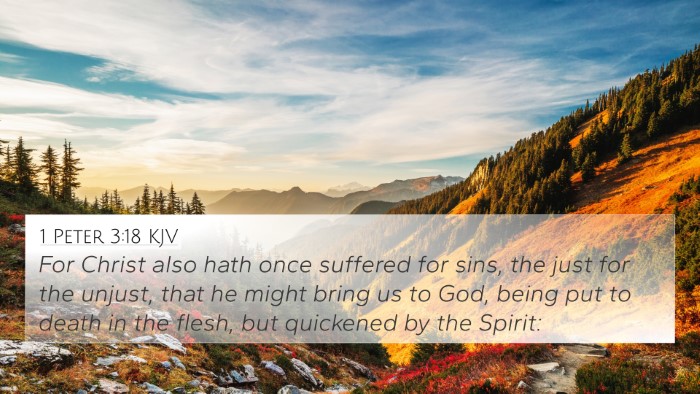Understanding Leviticus 16:17
Verse Reference: Leviticus 16:17 - "There shall be no man in the tabernacle of the congregation when he goeth in to make an atonement in the holy place, until he come out, and have made an atonement for himself, and for his household, and for all the congregation of Israel."
Summary of the Verse
This verse outlines the instructions regarding the Day of Atonement, emphasizing the sacredness of the atonement ritual performed by the High Priest. It indicates that during this solemn act, no one else is permitted to be present in the Tabernacle, highlighting the importance of the atonement for both the priest and the community.
Commentary Insights
Matthew Henry's Commentary
Henry emphasizes the significance of the High Priest's role in mediating between God and the people. The seclusion during the atonement process signifies the seriousness of the priest’s duty, as it reflects the holiness of God and the need for purification before Him. The absence of others serves as a reminder of the personal nature of atonement and the need for a sincere heart in approaching God.
Albert Barnes' Notes
Barnes notes that this directive serves to protect the sanctity of the atonement process. The High Priest, acting on behalf of the people, must first atone for his own sins. His solitary journey into the holy place symbolizes the significance of personal accountability and the necessity of purity before interceding for others. Barnes also points out that such precautions are crucial to maintain reverence in worship.
Adam Clarke's Commentary
Clarke elucidates the theological implications of this verse, discussing the concept of atonement being a critical theme within the Law. He explains that the High Priest's isolation during the atonement ritual indicates a divine separation, emphasizing God's holiness. This serves as a precursor to the ultimate atonement brought forth by Christ, where the separation is replaced by a call for community and unity in faith.
Cross-Reference Insights
Leviticus 16:17 connects with several other scripture passages that highlight the themes of atonement, holiness, and the priestly ministry:
- Hebrews 9:7: Discusses the high priest entering the Most Holy Place once a year, making atonement for sins.
- Leviticus 16:10: Introduces the scapegoat as part of the atonement process.
- Exodus 30:10: Talks about the annual atonement for the altar.
- 1 Peter 2:9: Describes believers as a royal priesthood, linking to the priestly functions of Leviticus.
- Romans 3:25: Speaks of God presenting Christ as a sacrifice of atonement.
- Hebrews 4:14-16: Highlights Jesus as the great High Priest who intercedes for believers.
- Colossians 1:20: Mentions reconciliation through Christ's blood, linking to the concept of atonement.
Thematic Connections
The verse and its commentary resonate deeply with the overarching biblical themes of:
- Atonement: The need for a mediator and sacrifice for sin.
- Holiness: The call to recognize God’s sanctity and the seriousness of approaching Him.
- Intercession: The role of the priest as an intermediary, foreshadowing Christ's ultimate sacrifice.
- Community: The communal aspect of atonement, being essential for the entire congregation of Israel.
Tools for Bible Cross-Referencing
To enhance your understanding and study of Leviticus 16:17 and related themes, consider utilizing the following tools:
- Bible Concordance - for effective word searches and finding connections.
- Bible Cross-Reference Guide - helpful for tracking themes and teachings across scriptures.
- Comprehensive Bible Cross-Reference Materials - for in-depth thematic studies.
Conclusion
Leviticus 16:17 serves as a crucial part of the Old Testament's teachings on atonement and the holiness of God. By examining this verse and its commentary, along with related scriptures, one can gain a richer understanding of the significance of the rituals given to the Israelites and their foreshadowing of the New Testament’s revelation through Jesus Christ, our High Priest. The utilization of cross-referencing methods can yield deeper insights into the interconnectedness of biblical texts and enhance one's spiritual study.
